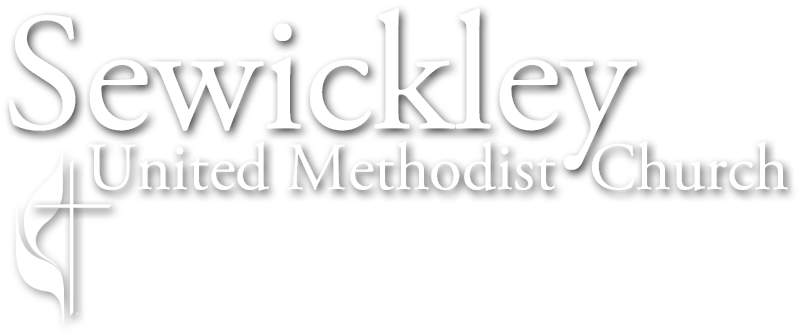June 15, 1983, just a few weeks before we moved from our little house in Hillsville to our second appointment (our first parsonage) is a day I will long remember.
Let me set the scene: we lived only four houses away from my parents. My uncle and aunt lived next door to my parents in the old homestead.
It just happened to be my aunt’s birthday. My father came home from work for lunch and saw his brother and sister-in-law sitting on their front porch and yelled across the way wishing Aunt Leona happy birthday! Not long after, I was returning from the little local grocery store when I saw my baby sister (who was 13 at the time), running as fast as she could through the yard. Her speed and the look of fear and terror on her face immediately told me something was terribly wrong. I pulled the car over and yelled, “Brenda, what’s wrong?” “It’s Aunt Leona,” she cried. “I think she’s dead.”
I got out of the car and ran to their front porch to find Aunt Leona unresponsive on the floor. My uncle and I administered CPR and mouth to mouth resuscitation. It seemed like the ambulance would never get there. Even though it seemed hopeless, we hoped and prayed as we followed the ambulance.
Our worst fears were realized when the doctor came out and said they did all they could, but Aunt Leona did not survive. She died on her birthday.
John’s story of the first Easter is vivid, rich, and full of fascinating details. In John, the little things, the details, are often pregnant with meaning. There is an interesting detail in John’s Easter account—everyone was busy running.
The mood was somber, to say the least. Grief was in the air. Hopelessness filled the hearts of the followers of Jesus. It is with this kind of emotion that Mary Magdalene made her way to the tomb to do one last loving thing for her friend, Jesus; she went to anoint his body.
When she discovered the tomb was empty, she interpreted this empty tomb as another tragedy. Not only had they killed her Jesus, now someone had stolen his body. She panicked and ran as fast as she could to some of the disciples. Just as I saw my sister run with the speed of lightening and saw the fear and terror on her face, I imagine in my mind’s eye that same speed and look on Mary’s face. Mary didn’t even consider the possibility that Jesus had been raised from the dead. Her hopeless situation grew even more hopeless, if that was possible.
And what happened next? More running! After Mary cried out that Jesus’ body was missing, Peter and the other disciple set out for the tomb. The two were running together, but the other disciple outran Peter and reached the tomb first. They saw for themselves that the tomb was empty and returned home overcome with fear and hopelessness.
Mary obviously had run back to the tomb again, because we are told when the disciples returned home (probably more running), Mary remained in the garden where the tomb was located.
According to John, that first Easter, there was much running… panicked running… running out of fear and confusion.
All of that fear, confusion, panic and running came to an end when Jesus simply spoke Mary’s name.
If you find yourself running (physically or mentally), if you find yourself filled with fear and confusion and panic this Easter, stop for a minute and listen, for the Risen Savior is calling your name. He replaces our fears and hopelessness with peace and life.
Easter Blessings,
Pastor Russel

